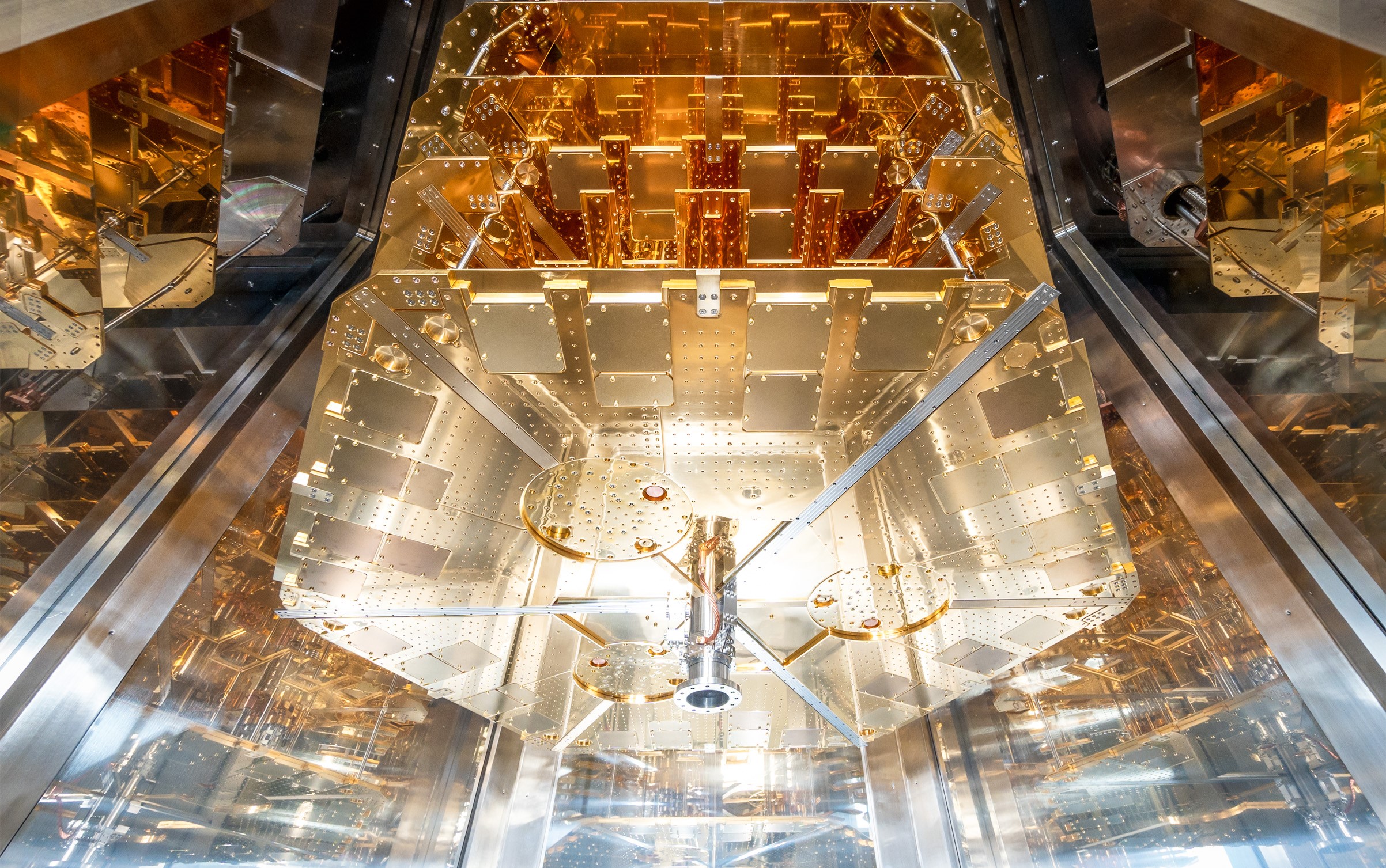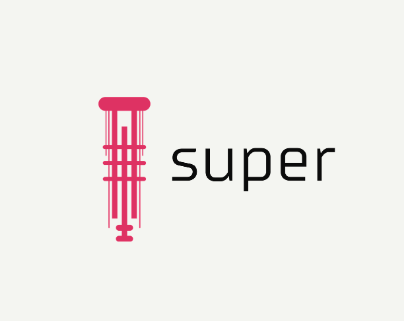As we enter 2024, the field of quantum computing continues to develop rapidly. Accessibility to quantum processing and the scaling of systems are key factors in the growing industry. Cloud-based services offer one potential access route to quantum processing, but systems are also being deployed for customers to host on-premises. Besides increases in accessibility, improvements are also needed in the quality of quantum bits, or qubits, themselves and the infrastructure that surrounds them. This includes scaling up the cryogenic infrastructure.
As qubit counts increase, so too do cooling requirements, and consequently the system footprint. More qubits require more wiring, which increases the cooling capacity demands. While it’s easy to celebrate the advances of quantum processors, that’s only half the story. When it comes to cooling, industry leaders Bluefors have a clear vision for the future of quantum technology – and that future is modular and interconnected.
Over the last 15 years, Bluefors has become synonymous with cryogenics, with their dilution refrigerators becoming an instantly recognizable fixture in quantum installations worldwide. While the company built its reputation developing and delivering innovative cryostats, its ubiquity has helped them reach a prime position in the quantum marketplace. Offering dilution refrigerators for a broad range of uses, they have now developed an ambitious new system ready for much larger scale applications.
Launched in 2023, Bluefors’ KIDE Cryogenic Platform takes a new approach to ultra-low temperature cooling. The system supports the infrastructure required to operate over 1,000 qubits, offering scientists and companies new opportunities to expand their quantum computing research and applications with payloads up to 500 kg.

One of the most distinctive features of KIDE is its hexagonal shape. Dilution refrigerators are commonly housed in vacuum cans. To access the computer and infrastructure wiring, the cans must be removed. If the cryostat was simply scaled up by increasing its size, it would become increasingly difficult to do this due to the size and weight of the larger cans.
KIDE solves this problem by placing the entire system inside a self-supporting vacuum chamber with multiple access doors. One person can simply open a door and get full access to the huge payload area.
Bluefors has created KIDE with the future in mind. Its modular, hexagonal design makes it feasible to connect multiple units together while still maintaining access to each system’s payload. Its modularity also expands its potential for integrating quantum computing into high-performance computing installations.
One of the first companies to utilize this technology in a real-world, boundary pushing application is IBM. Eagle-eyed quantum observers might have spotted the KIDE Cryogenic Platform at the heart of IBM’s recently announced Quantum System Two.
With IBM already adopting Bluefors technology in their state-of-the-art systems, it’s easy to imagine many other applications of KIDE at the heart of future quantum computing infrastructure.
For more market insights, check out our latest quantum computing news here.
















